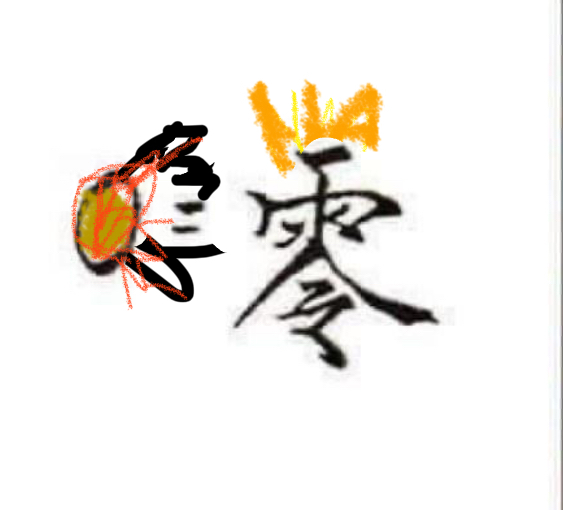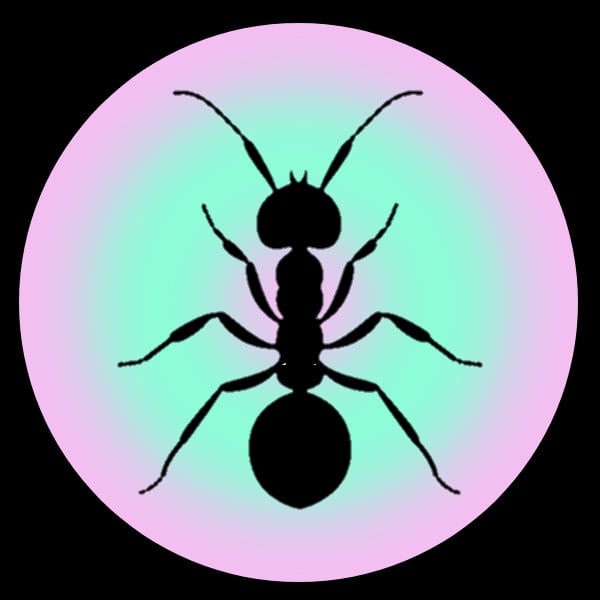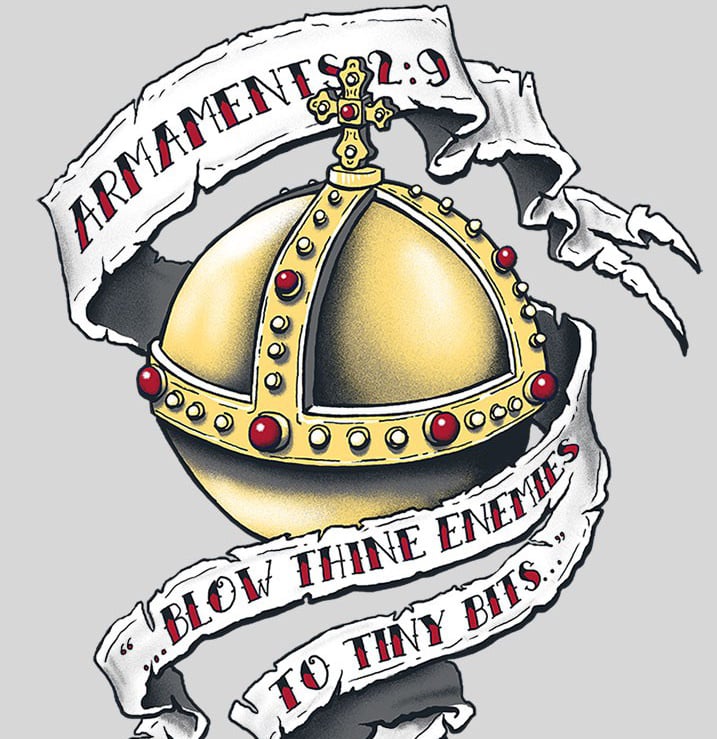To be fair, zero is a complicated number
It’s to scare people off from dividing by it.
They have to sell zero to a US owned company.
0 = diarrhea man. Got it!

What the fuck
swap.avi
I would have interpreted that as ‘prolapse’
Good thing no one is expecting me to provide translations
It’s clearly a man pissing his name into the snow (in simplified Chinese)
ITT, a bunch of people who know literally nothing about this subject offering explanations.
The character 零 (“líng”) contains a semantic component (on the top) and a sound component (on the bottom), the semantic component is 雨, meaning rain, and the sound component is 令 “lìng”.
The word initially referred to very light rain and so the character essentially means “the type of rain that sounds like lìng”. For whatever reason the meaning drifted from very light rain towards “barely any” and then “nothing/zero”.
The bottom/top usage is simple, the “zero” is the receiving hole and the “one” is the penetrating appendage, i.e. the submissive versus the dominant partner. That usage is definitely slang, though!
So basically the word for zero is “drizzle”?
That’s awesome
Ultimately that’s the origin of the character. Although it’s quite common to see “〇” in written shorthand when 零 is being used as a middle or final zero in a number otherwise written in characters, like 906 could be written as 九零六 or 九〇六.
So my Chinese is pretty distant from actual usage, but when did 906 stop being 九百六?
In spoken language 九百六 isn’t 906 but 960 ( shortened version of 九百六十), 906 is 九百零六.
Sorry, it wasn’t clear at all - that’s meant to be a number string, like for a key code or phone number.
Ah! Makes sense!
Thank you for giving the correct explanation. Pretty sure all those other “explanations” are just jokes though.
What about 无, In what context is that used?
To not have or be without, more of a verb, somewhat literary.
Yeah, why didn’t they just go with 0 lines?
Edit: /s
It’s basically what Arabic numerals did.
“I circled the zero lines here.”
Holy shit… That means fonts that differentiate Zero from Capital O with a dot or line are technically false…
Sometimes you need to explicitly state a zero and a blank space could be misconstrued.

I dont know Chinese but it probable means empty or something.
It meant “falling from the heavans”/ “rain”
wdym complicated? it’s easy!
壹貳參肆伍陸柒捌玖拾 see? easy!
For everyone who don’t know, this is the complicated version of Chinese numbers. In modern days, they are mostly used in writing cheques, because these characters are not as easily modified as the simple version.
How do they decide what the complicated character for 7 should be? Why does it include the symbol of a tree? Can natives derive the meaning of a new symbol by its components or are they just as clueless as we are until they learn the word?
Even as a Hongkonger myself, I have no idea. We just see these characters as ancient numbers.
Also, if you write 柒 in an informal context, it is considered offensive.
The character used to refer to a type of tree sap, but shares the same pronounciation as 七. I’m guessing the reason it’s considered offensive is because the top component implies ejaculation, but that’s something I’d need to check!
Traditional chinese. It scares me.
Nope, these are bank numerals for banknotes and checks
Which is also traditional Chinese …
No. The two, three, and six are different between simplified and traditional:
貳 | 贰
參 | 叁
陸 | 陆
Damn, didnt know that, thx
It’s a dude with his hands on his hips and his shadow beneath him.

He’s also going wtf is this
Probably because zero is technically a concept not a number. Roman numerals didn’t even have a zero
When I went to China about 5 years ago, all the numbers were Arabic numbers. Not sure if this is a regional thing, or if this is a more recent development.
The Chinese numbers are already in use ages ago and (as far as I know) predates the Ming dynasty. Fun fact, there are both “upper case” Chinese numbers (壹,貳,叁,⋯) and “lower case” numbers (一,二,三,⋯). The uppercase numbers are still used in official documents, esp. monetary ones such as checks to indicate the monetary value. For example: “壹拾贰万叁仟肆佰伍拾陆元整” means “¥123,456”. According to Wikipedia, this is done to prevent the numbers from being doctored, like changing 1 to 7.
It’s true that the lower case numbers aren’t used as much, but they are still used in text when the number is less than ten, e.g. “I have three children” -> “我有三个孩子” as opposed to “我有 3 个孩子”, for better paragraph consistency, typesetting and whatnot. However the Chinese numbers will become too long for anything greater than a hundred, so it’s all Arabic numbers after that.
Source: am Chinese
That’s super interesting! I barely know any Chinese and probably just assumed the characters were for language instead of numbers.
The public transit system used arabic numbers (maybe as well as the Chinese characters?), so at least that was easy to navigate lolWow! Uppercase numbers. Fascinating.
So the uppercase numbers include phonetic? They look each so different.
Do you mean their prononciations? They’re the same cuz in reality, they represent the same number - like “A” and “a”.
Using Chinese characters instead of Arabic numerals is the equivalent of spelling out numbers in English.
You probably looked over it, both are used.
That’s definitely the case since I can’t read Chinese lol
Zero looks like an angry man with a long mustache and goatee.
That is because the specific calligraphy style, 零 looks more like a old man (depending on your font)
Well, it couldn’t be the natural progression.
I mean I kind of get it, it’s symbol based, and the symbol kind of looks like an all consuming void sucking things up, a representation of the absence of things
0000


















